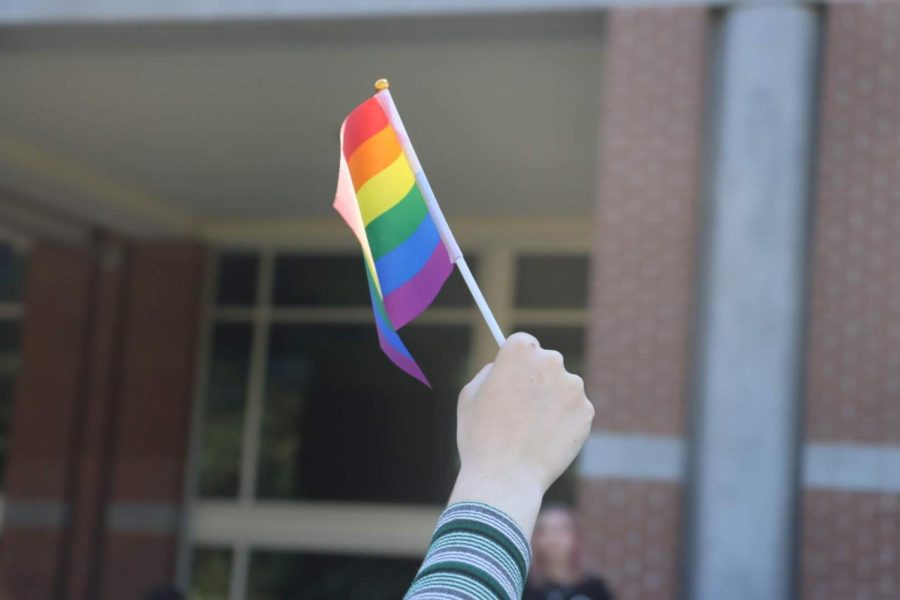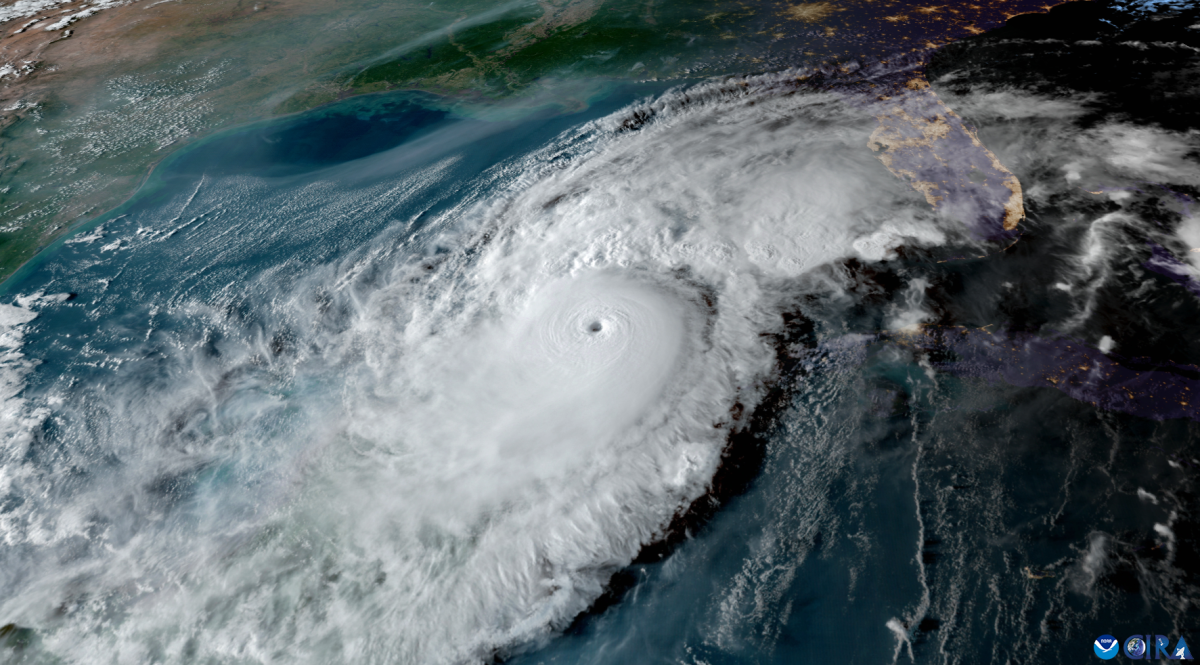As a new semester begins, many students may be feeling the January Blues, a very real epidemic that has been coined by physicians as a type of Seasonal Affective Disorder, SAD for short.
According to Mayo Clinic, the winter months can linger, and the stress from transitioning from the end of the year to the new year can affect your body in various ways, including feeling down for some time at the beginning of the year without necessarily knowing why.
Signs of January Blues vary from: loss of interest in activities, low energy, sleeping too much, appetite changes, and even suicidal thoughts. While the blues don’t necessarily reach that severity, they are a branch of Seasonal Affective Disorder. Which is a form of depression that manifests with the changes of the season all year long, even in the summer.
For the majority of college students, January is a snap back to reality after the festive season. The adjustment from leisurely to hectic schedules is often a daunting one. The beginning of the new year places pressure on everyone to be greater than the year before while not knowing what the future will tell.
New Year’s resolutions are a great way to set goals, but they can also be harmful if pursued too vigorously. Setting standards for yourself that won’t show results till nearly the next year is completely normal. However, in a society somewhat entitled to immediate change, not achieving a goal by the first week of January can alter the perception once had about the year ahead, changing one’s attitude from hopeful to despair.
Another theory is that Seasonal Depression stems from the lack of sunlight. Even in the Sunshine State, the Winter Solstice can interfere with daily life.
By the time most people are returning from their busy days, the sun has already set, leading many to feel the possibilities for the day are over. This could alter the person’s biological clock rhythm, causing people to sleep more than they usually would.
These can significantly decrease one’s mood and send one into a depressive state. As UNF Liza Provenzano stated, “only around 5% of students do suffer from SAD. However, it is important to take the signs seriously.”
The UNF counseling department offers a wide variety of options such as counseling appointments and medical referrals, as well as two crisis hotlines including SOS an anonymous referral system to direct help.
5 five-minute ways to destress
- Jot down your thoughts in a journal
- Take a few deep breaths
- Call a friend for a quick chat
- Eat your favorite snack
- Sit outside and soak up the sun.
In most cases, the blues wear off with time as we settle into a new routine. However, someone who suffers from other mental illnesses such as Bipolar Disorder, Chronic Depression, or a history of eating disorders, is more prone to January Blues turning into Seasonal Affective Disorder. Due to the overlap of symptoms from the combination of mental illnesses, once the symptoms have manifested, professional care may be necessary.
It’s always better to be safe than sorry when it comes to your mental health. Even if you’re not sure if you or someone you know might be affected, as Provenzano reminded, “it’s better to be safe than sorry and to talk to someone, or if concerned about someone else ask them what’s going on,” since people can often feel reserved about seeking help.
For these severe cases, where one’s mental health has been significantly impacted, the UNF counseling center has a team of counselors to help with any magnitude of conditions. To learn how to get access to those services, click here for all the tools you need to get you back to your best self.
___
For more information or news tips, or if you see an error in this story or have any compliments or concerns, contact editor@unfspinnaker.com.















